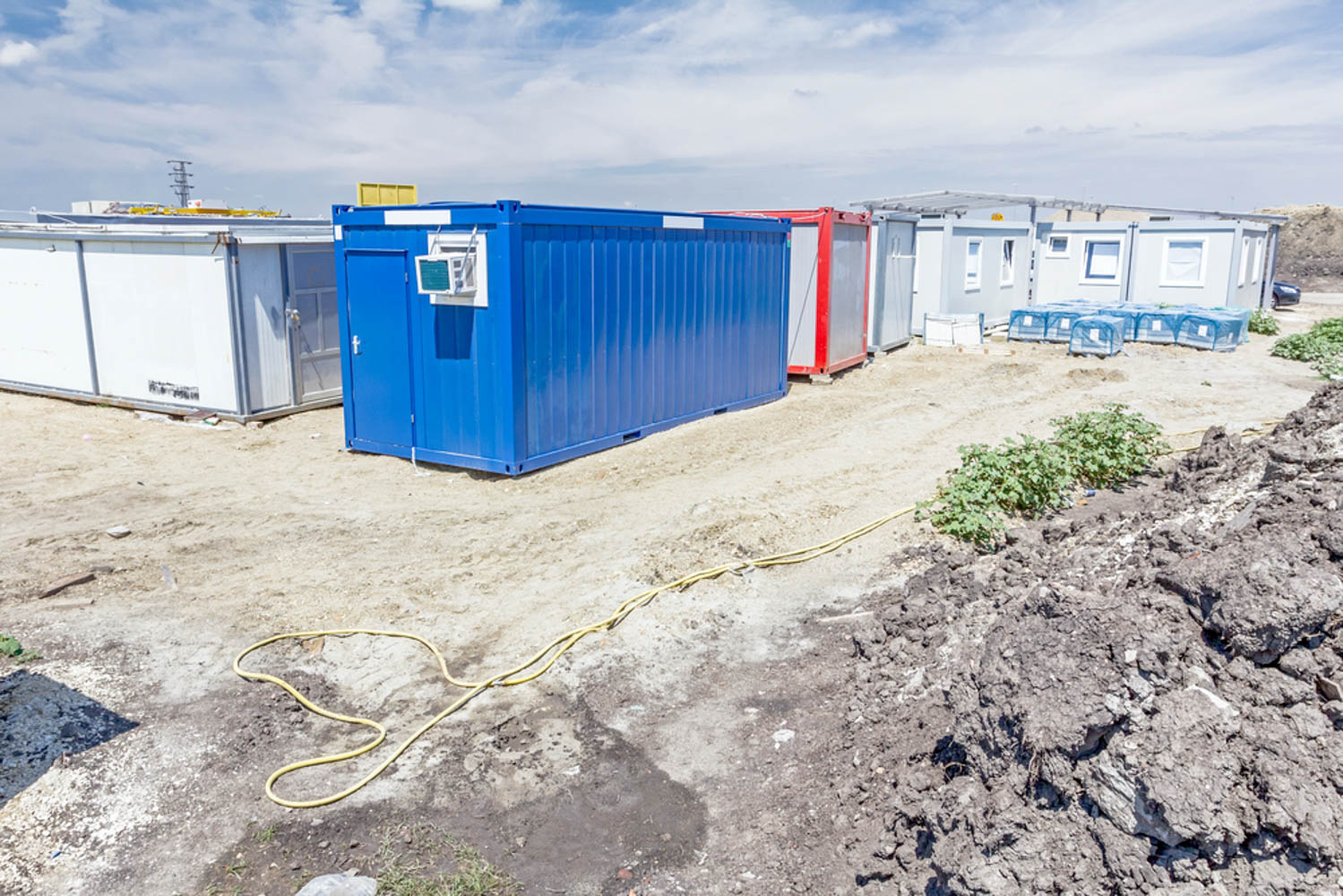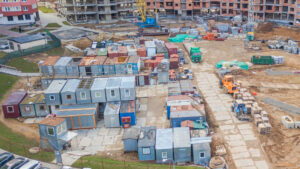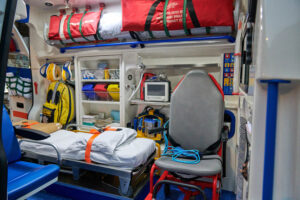
What’s Included in Oil and Gas Facilities Management
Oil and gas facilities management is a complex and critical discipline that ensures energy operations in Canada’s most remote locations

When it comes to remote site security in Canadian work camps, ensuring safety and protection is paramount. These facilities, often situated in isolated areas, require a specialized approach to security that addresses the unique challenges posed by their location and operational nature. Whether it’s managing personnel, safeguarding equipment, or maintaining health protocols, adopting best practices can significantly enhance the overall security and efficiency of these camps.
Remote site security is a critical concern for Canadian work camps, especially those operating in isolated regions where access, visibility, and infrastructure are limited. From the windswept oil sands of northern Alberta to the rugged mining corridors of northern Ontario and the mountainous terrain of British Columbia’s interior, these camps are often positioned in areas where traditional infrastructure is sparse and emergency response times are extended.
In Nunavut and the Northwest Territories, camps supporting resource exploration must contend with extreme cold, permafrost, and seasonal isolation. Meanwhile, forestry operations in northern Saskatchewan or hydroelectric projects in remote parts of Quebec face challenges like dense boreal forest, limited road access, and wildlife encounters. These geographic realities shape not only the physical layout of work camps but also the strategies required to keep them secure.
Security challenges are compounded by harsh weather, limited connectivity, and the need to balance safety with comfort and productivity. Whether nestled along the James Bay coast or deep within the Peace River region, each site demands a tailored approach to safety, surveillance, and operational resilience.
The foundation of any effective remote site security strategy begins with smart layout design and controlled access. Camps should be designed to minimize blind spots and maximize visibility across key operational zones. Entry points must be clearly marked and monitored, with access restricted to authorized personnel only.
These measures not only deter unauthorized entry but also support remote facility administration by streamlining personnel tracking and accountability.
Modern security solutions offer powerful tools to enhance visibility and response times. Deploying a remote site monitoring system allows camp managers to oversee operations in real time, even from offsite locations.
For high-risk zones, such as fuel storage or explosives handling, consider remote site cctv monitoring with 24/7 recording and cloud-based backups. These systems can be paired with remote site security systems that include perimeter detection, intrusion alerts, and automated lockdown protocols.
Good lighting is one of the simplest yet most effective deterrents. Well-lit pathways, entrances, and workstations reduce the risk of accidents and discourage trespassing.
In addition, the use of explosion proof portable building units for sensitive operations can enhance safety while meeting regulatory standards.
Technology alone isn’t enough—security must be embedded in the camp’s culture. Regular training ensures that staff understand protocols and know how to respond to emergencies.
This approach supports remote health and safety initiatives and fosters a proactive mindset across the workforce.
Work camps must be equipped to handle a range of emergencies, from natural disasters to equipment failures. A comprehensive response plan should include:
Temporary shelters such as temporary portable buildings can be deployed quickly to support displaced personnel or house emergency teams.
Security is closely tied to the condition of camp infrastructure. Broken locks, malfunctioning cameras, or deteriorating buildings can create vulnerabilities.
A well-maintained site not only improves safety but also boosts morale and operational efficiency.
Security should be part of a broader remote site camp management strategy that includes logistics, staffing, and resource allocation. Coordinating these elements ensures that security measures align with daily operations and long-term goals.
This holistic approach supports both remote site facility management and sustainable development.
Partnering with external providers can enhance security without overburdening internal teams. These services may include:
Engaging remote facility services ensures that specialized expertise is available when needed, especially during peak activity or seasonal transitions.
Building trust with nearby communities can reduce tensions and improve security outcomes. Transparent communication and mutual respect go a long way.
This fosters goodwill and may even lead to informal surveillance support from local residents.
Security needs evolve with technology and industry trends. Camps should stay informed about emerging tools and practices.
Upgrading to smart infrastructure supports remote site facility maintenance and long-term resilience.
In Canadian work camps, protecting people, infrastructure, and operations requires more than physical barriers—it calls for a strategic blend of planning, technology, and human awareness. By combining smart surveillance, proactive training, consistent infrastructure upkeep, and meaningful community engagement, camps can foster safer, more efficient environments for everyone on site. Whether through thoughtful remote camp facility design, resilient remote facility security protocols, or well-managed remote site maintenance routines, the goal remains the same: to build systems that endure. As the industry continues to evolve, so too must our commitment to remote site security.
Let’s talk! Contact the Domco Group today to learn how our expertise in security and site maintenance can support your remote operations.
Groupe Domco Canada Limitée est l'un des fournisseurs de services en régions éloignées le plus fiable et le plus respecté au Canada. Entièrement canadien et propriété indépendante, Domco est en affaires depuis 1945. Nous proposons des solutions intégrées pour les régions éloignées, notamment un cycle de menus nutritifs et bien planifiés, l'établissement de relations à long terme et de racines profondes canadiennes dans des endroits éloignés avec des communautés autochtones.
Laissez-nous vous présenter quelques avantages clés qui nous distinguent.

Oil and gas facilities management is a complex and critical discipline that ensures energy operations in Canada’s most remote locations

In the rugged, often isolated world of remote construction camps, construction facility management is the invisible force that sustains daily

Remote maintenance is the backbone of operational continuity in Canadian work camps, especially those located in isolated regions supporting industries

Remote camp health and safety is a vital concern in the management of Canadian remote workforce camps, especially in resource-driven

Keeping crews energized and satisfied starts with smart camp food menu ideas—especially in remote environments where morale and nutrition go

Gas remote camp mobilization is a critical operational phase in Canada’s oil and gas industry, particularly in remote and northern

When it comes to remote site security in Canadian work camps, ensuring safety and protection is paramount. These facilities, often

In Canada’s vast and resource-rich landscapes, remote site maintenance plays a pivotal role in sustaining the operations of work camps

In Canada’s vast and often isolated regions, remote camp management plays a vital role in advancing sustainability across diverse work

Remote site administration is a vital function in Canada’s most geographically isolated and operationally demanding environments. From the Arctic’s frozen

Developing a sustainable infrastructure for a remote camp facility located in the rugged, often isolated regions of Canada—such as the

In Canada’s vast and rugged landscapes, remote facility catering has evolved from a logistical challenge into a platform for sustainable

Budgeting for facility repair and maintenance in remote Canadian work sites is no small task. When miles away from urban

The process of gas remote camp mobilization in Canada is a critical operation that supports the development and maintenance of

Remote facility chefs are the unsung heroes of Canada’s sprawling wilderness operations—from fly-in camps tucked into diamond-rich tundras to energy
